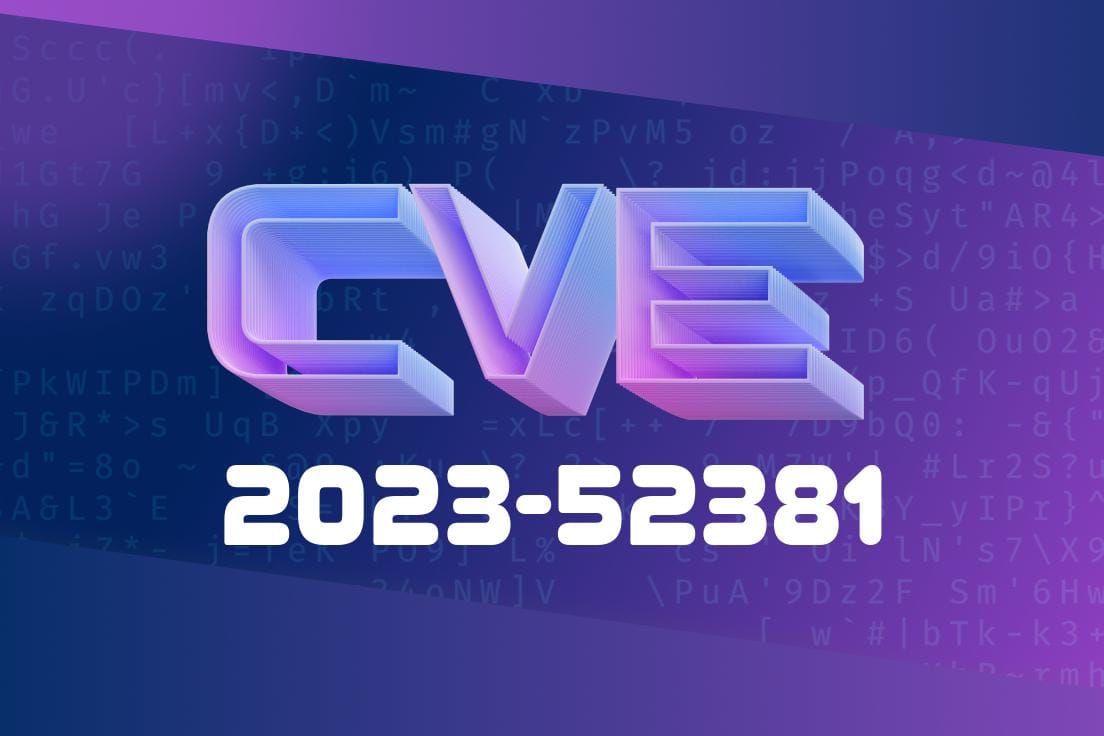In late 2023, a notable vulnerability—CVE-2023-52381—surfaced in the widely-used email module of several web applications. This flaw allows attackers to inject malicious scripts into emails, potentially compromising the *confidentiality, integrity, and availability* of affected services. In this exclusive post, I’ll break down what this vulnerability is, how it can be exploited, some useful references, and most importantly, how you can protect yourself.
What Is CVE-2023-52381?
CVE-2023-52381 is a *script injection vulnerability* discovered in the email module of certain web-based applications. The root cause is improper input sanitization when processing email content or templates. This weakness lets attackers insert arbitrary scripts, which can then get executed in the context of the end user or administrator.
Let’s walk through a basic attack scenario
1. Attacker crafts a malicious email, embedding a script (e.g., JavaScript) in fields like “subject” or “body.”
The vulnerable email module doesn’t sanitize the input. The script is saved as-is.
3. When users or admins view the compromised email in their browsers, the script runs, allowing for various attacks like stealing cookies, changing account settings, or even spreading to more users.
Code Snippet: Vulnerable Email Rendering
Let’s take a look at a simplified Python/Flask-like pseudocode that demonstrates this risky behavior:
from flask import Flask, request, render_template_string
app = Flask(__name__)
@app.route('/send_email', methods=['POST'])
def send_email():
to = request.form['to']
subject = request.form['subject']
body = request.form['body']
# Save email to database (omitted for simplicity)
return 'Email queued!'
@app.route('/view_email/<int:email_id>')
def view_email(email_id):
# Fetch email from database (pseudo code)
email = db.get_email(email_id)
# RENDERS untrusted data directly!
return render_template_string("""
<h2>{{ email.subject }}</h2>
<div>{{ email.body }}</div>
""", email=email)
What’s wrong here?
- The template directly outputs email.subject and email.body without sanitization or escaping, giving attackers a way in.
Suppose an attacker sends this as an email “body”
<img src="x" onerror="alert('Hacked by CVE-2023-52381')">
When the victim reads the email, the image can’t load, which triggers the JavaScript via the onerror event, showing the alert. In reality, a real attacker could steal session cookies or run arbitrary code.
References & Further Reading
- NVD - CVE-2023-52381
- OWASP XSS Cheat Sheet
- Mitre CVE Entry
- How to prevent stored XSS
Real-world Impact
This kind of vulnerability is classified as Stored Cross-Site Scripting (XSS) because the script remains on the server and affects every viewer. With CVE-2023-52381, attackers can:
Sanitize and Escape Output!
Always escape untrusted data before rendering it in HTML. For Jinja2/Flask, use {{ variable | safe }} only for trusted content.
Block known dangerous input patterns at the point of submission.
Keep Modules Updated
Apply the latest security patches. Check the official advisory for your software’s update.
Here’s how you could fix the earlier vulnerable code
from flask import escape
@app.route('/view_email/<int:email_id>')
def view_email(email_id):
email = db.get_email(email_id)
# Escape before rendering!
subject = escape(email.subject)
body = escape(email.body)
return f"""
<h2>{subject}</h2>
<div>{body}</div>
"""
Now, any HTML tags in subject/body will be displayed as plain text, not run as code.
Final Thoughts
CVE-2023-52381 is a vivid reminder: never trust user input, especially in critical modules like email. If your system handles emails or user-generated content, check for this and similar vulnerabilities.
Stay updated, review your code, and follow secure coding practices. It’s much cheaper than cleaning up a breach.
Stay safe—sanitize everything!
*If you found this post useful, consider sharing it with your devOps or security team. Got questions? Drop a comment below!*
---
*Exclusive for you by [YourHandle], 2024. Links and resources checked as of June 2024.*
Timeline
Published on: 02/18/2024 07:15:09 UTC
Last modified on: 11/05/2024 21:35:02 UTC
